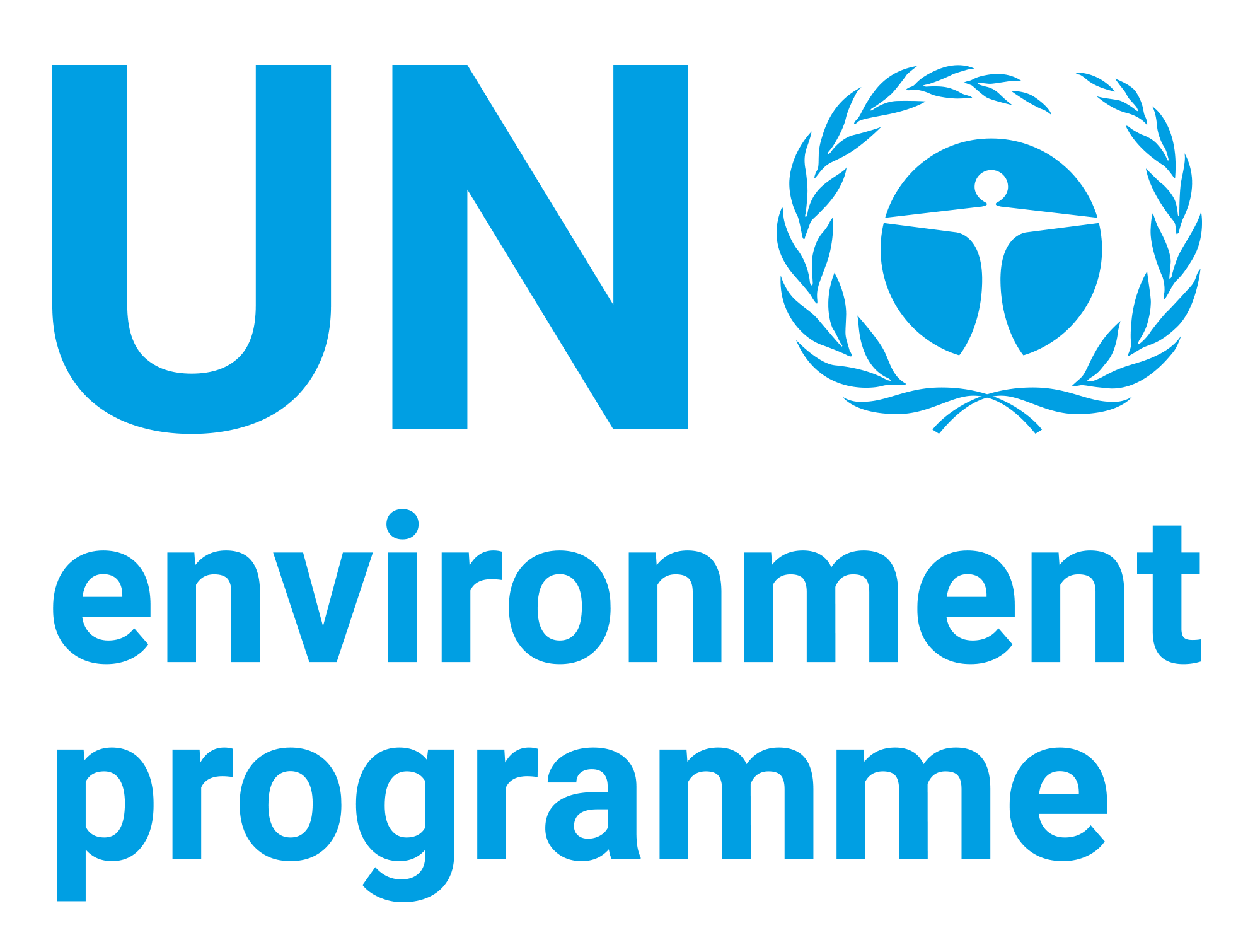Ammonia Health and Safety Guide - Health and Safety Guide 37

Date
1990Author
United Nations Environment Programme
World Health Organization
International Labour Organisation
Citation Tool
Bibliographic Managers
RT Generic T1 Ammonia Health and Safety Guide - Health and Safety Guide 37 A1 United Nations Environment Programme, World Health Organization, International Labour Organisation YR 1990 LK https://wedocs.unep.org/20.500.11822/29582 PB AB TY - GEN T1 - Ammonia Health and Safety Guide - Health and Safety Guide 37 AU - United Nations Environment Programme, World Health Organization, International Labour Organisation Y1 - 1990 UR - https://wedocs.unep.org/20.500.11822/29582 PB - AB - @misc{20.500.11822_29582 author = {United Nations Environment Programme, World Health Organization, International Labour Organisation}, title = {Ammonia Health and Safety Guide - Health and Safety Guide 37}, year = {1990}, abstract = {}, url = {https://wedocs.unep.org/20.500.11822/29582} } @misc{20.500.11822_29582 author = {United Nations Environment Programme, World Health Organization, International Labour Organisation}, title = {Ammonia Health and Safety Guide - Health and Safety Guide 37}, year = {1990}, abstract = {}, url = {https://wedocs.unep.org/20.500.11822/29582} } TY - GEN T1 - Ammonia Health and Safety Guide - Health and Safety Guide 37 AU - United Nations Environment ProgrammeUnited Nations Environment Programme, World Health OrganizationWorld Health Organization, International Labour Organisation UR - https://wedocs.unep.org/20.500.11822/29582 PB - AB -View/Open
Item Statistics
Display item statisticsMetadata
Show full item recordDescription
Ammonia is a colourless acrid-smelling gas at room temperature and normal atmospheric pressure. Most people can identify its odour at 35 mg/rn3 in air. It can be stored and transported as a liquid at a pressure of 10 atmospheres at 25 °C. Spilled liquid ammonia boils immediately, cooling its surroundings as it vaporizes. The gas dissolves readily in water; in solution it forms, and is in equilibrium with, ammonium ions (NH4 ). Ammonia solutions are alkaline and react with acids to form ammonium salts.
Collections
Document Viewer
To read more, scroll down below.
Related items
Showing items related by title, author, creator and subject.
-
Preventing the Next Pandemic: Zoonotic Diseases and how to Break the Chain of Transmission
United Nations Environment Programme; International Livestock Research Institute (2020)In the spirit of the UN Framework for the Immediate Socio-economic Response to COVID-19, the United Nations Environment Programme (UNEP) has teamed up with the renowned International Livestock Research Institute (ILRI) and ... -
Key Messages - Preventing the Next Pandemic – Zoonotic Diseases and How to Break the Chain of Transmission
United Nations Environment Programme (2020)This evidence-based scientific assessment has identified the following key messages for decision-makers: 1) De-risking food systems; 2) Urgency; 3) Report audience; 4) Scope of the problem; 5) Outbreak frequency and ... -
Dimethyl Phthalate - Scientific Reviews of Soviet Literature on Toxicity and Hazards of Chemicals 24
United Nations Environment Programme; International Register of Potentially Toxic Chemicals (Centre of International Projects, GKNT, 1982)Information carried by the review is in line with the data profile structure elaborated by the International Register of Potentially Toxic Chemicals. The series is intended for toxicologists, higienists and all those ...




